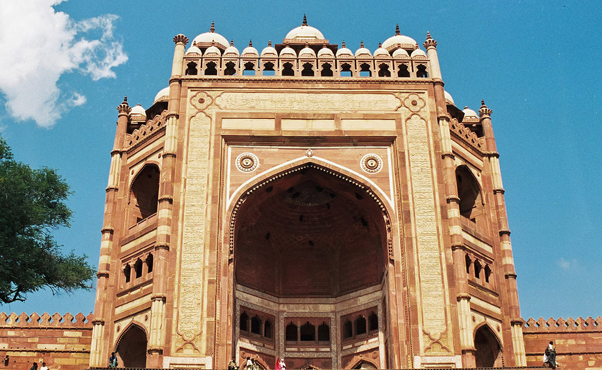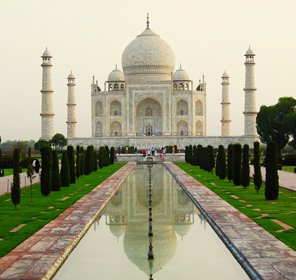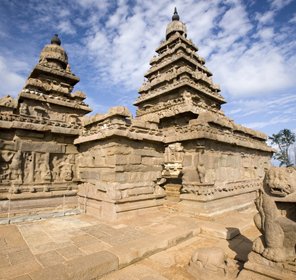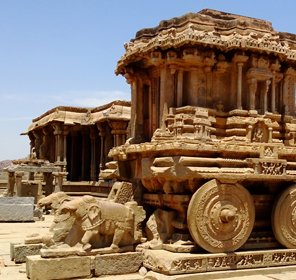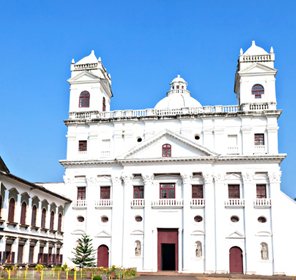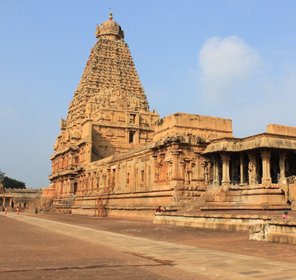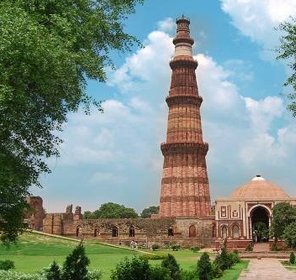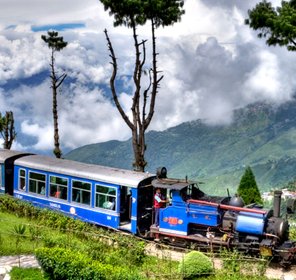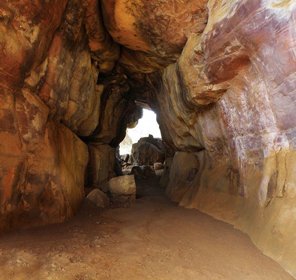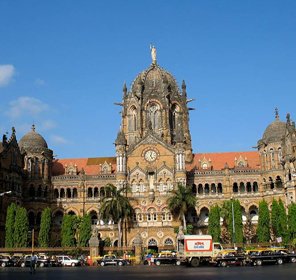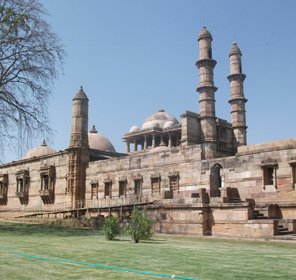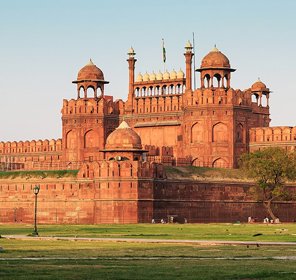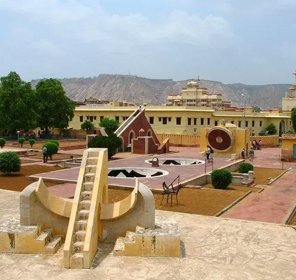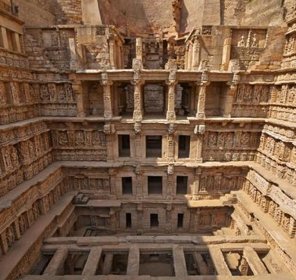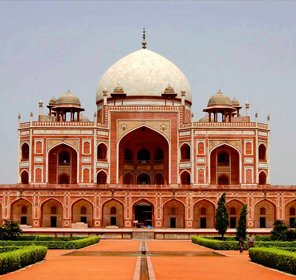An insight into the city
The most intellectual Mughal emperor Akbar built the city in the honour of famous Sufi saint Salim Chisti. Located at a distance of around 40km from Agra, it is a medieval Indian city in Uttar Pradesh. Akbar built the city at the end of the 16th century and shifted the capital of the Mughal Empire from Agra to Fatehpur Sikri. The city was later inhabited by the Mughal rulers only for around 14 years and was left secluded.
The city is perched atop a rocky ridge and there are wonderful constructions of similar designs across the city. Most of the buildings have similarity in their architectural style. The city is guarded on three sides by b walls, towers and there are seven gates.
Most of the important constructions of the city are seen to the north of the main road leading to Agra from Gaza. They form a homogenous group and a b influence of Hindu, Persian and Indo-Muslim traditions can be witnessed in their architectural style.
Diwan-i-Am, the Hall of Public Audience, is enclosed by quite a few porticos where imperial box was inserted. This is the common hall where Akbar along with his ministers used to listen to the problems and complains of his subjects and used to met out justice.
This imperial box is directly connected with Daulat Khana (Imperial Palace). To the north of this royal edifice, Diwan-i-Kas (Hall of Private Audience) is located. This monument is known mainly for its wonderful central plan which is comprised of a beautiful centre surrounded by a circular balcony: the 'throne'.
Other significant monuments in Fatehpur Sikri are the Ranch Mahal, whose height of four recessed storeys resembles a few Buddhist temples, the pavilion of Turkish Sultana or Anup Talao, the palace of Jodha Bai, the abode of Birbal, problematic 'stables' and the caravanserai.








